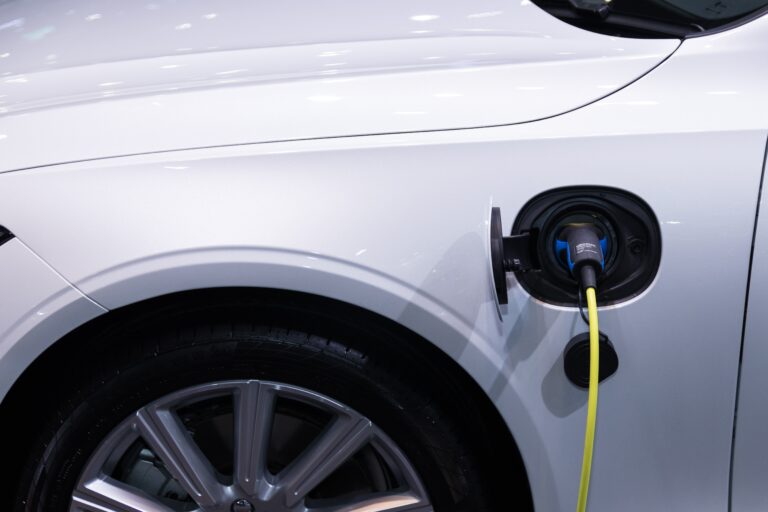Electric Vehicles
Electric Vehicles
November 2021
At Lodge Automotive, we really enjoyed learning more about the Earthshot Prize and hearing the inspiring stories and ingenious ways people are trying to tackle climate change and protect our planet. All shortlisted projects were worthy of the prize money – which is £1 Million Pounds – but in each category, there could only be one winner. We were so excited that Enapter, with their green hydrogen generating technology, won the £1 Million Pounds. With only 20% of global energy consumption being electricity, the other 80% is mostly fossil fuels and green hydrogen has the potential to be a sustainable substitute. Although in the early stages of development, we have no doubt that hydrogen vehicles will play a vital role in reducing our carbon footprint. But for now, it is the electric vehicle industry which is booming and we wanted to find out more.
How are electric vehicles better for the environment?
Electric vehicles produce no carbon dioxide emissions when they are driven. So, the major benefit is the huge contribution they make towards improving air quality and pollution in our towns and cities. As if that wasn’t enough, they are also less noisy! Even when taking into account the electric car and battery manufacture, electric vehicles are the best option as the total emissions created over the car’s lifetime is still significantly less than a petrol vehicle.

What happens if the battery runs out on an electric vehicle?
There are more than 42,000 charge points across the country – more charging points than petrol stations – so it is unlikely your electric vehicle will run out of charge. In addition to this fact, electric vehicles will give you plenty of notice when the battery power depletes with a warning sign. However, the term ‘range anxiety’ has recently been penned to represent the anxious feeling owners of EVs are experiencing as they worry their car might run out of charge. In the unlikely event that your electric vehicle does run out of charge, the reaction will be similar to that of a petrol vehicle – it will come to a stop and you won’t be able to drive it. At this point, you will need to call for ‘roadside assistance’ and in some cases the provider might have the means to ‘fast charge’ your vehicle so you have enough charge to get to a charging station. Otherwise, your vehicle will need to be towed to a charging station or your home.

What can be done to preserve the life of an EVs battery?
- Make sure you know your electric vehicle’s range that way you can plan your journeys and eliminate range anxiety.
- Charge the electric vehicle’s battery between 20%-80% and try not to let it drop below 50% too often.
- Reduce the electric vehicle’s exposure to extreme hot or cold temperatures.
What happens to the batteries at the end of their life?
Most electric vehicle batteries are lightweight, portable and rechargeable and they work in the same way as batteries in everyday household appliances, mobile phones and laptops. They are made up of hundreds of lithium-ion cells that need safe dismantling as they contain a number of hazardous materials. Currently, it has been estimated that only 5% of these batteries are recycled but it will be the EV suppliers’ responsibility to ensure batteries are not simply dumped at the end of their life but that they are recycled. As a result, a number of electric car manufacturing companies have set up their own recycling plants and are running pilot schemes as we speak.
